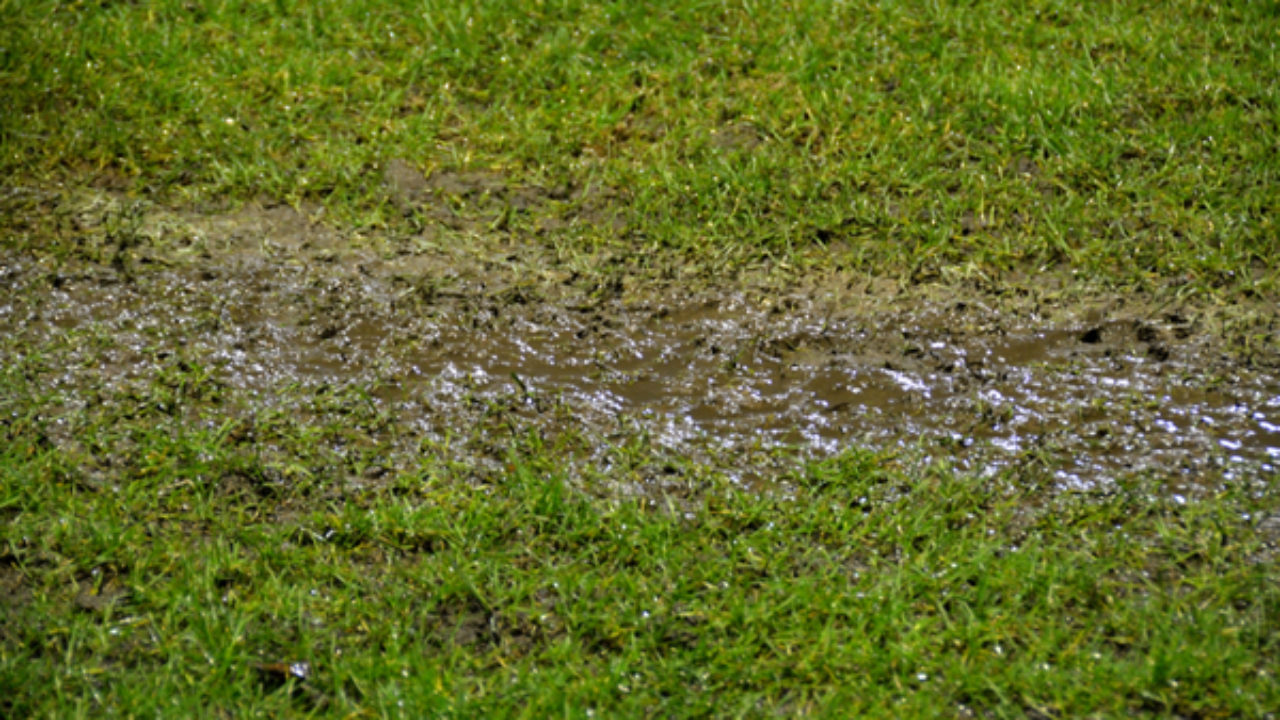Just how to Check If Your House Has a Hidden Leak
Just how to Check If Your House Has a Hidden Leak
Blog Article
In this article in the next paragraph you'll find a bunch of awesome insights regarding Locating water leaks.

Early discovery of leaking water lines can reduce a prospective calamity. Some tiny water leakages might not be noticeable.
1. Check Out the Water Meter
Every house has a water meter. Checking it is a proven way that aids you uncover leaks. For beginners, switch off all the water sources. Ensure nobody will certainly purge, use the faucet, shower, run the washing maker or dish washer. From there, most likely to the meter and also watch if it will transform. Because no one is using it, there should be no activities. That indicates a fast-moving leakage if it moves. Similarly, if you discover no changes, wait a hr or 2 as well as check back once more. This implies you might have a slow-moving leakage that can also be underground.
2. Examine Water Intake
Examine your water costs and also track your water consumption. As the one paying it, you ought to discover if there are any type of inconsistencies. If you identify sudden changes, in spite of your intake coinciding, it suggests that you have leakages in your plumbing system. Bear in mind, your water expense must fall under the same variety each month. A sudden spike in your expense indicates a fast-moving leak.
On the other hand, a stable boost every month, despite the same practices, shows you have a slow leakage that's likewise slowly escalating. Call a plumber to extensively inspect your building, particularly if you really feel a cozy area on your flooring with piping underneath.
3. Do a Food Coloring Test
When it comes to water consumption, 30% comes from commodes. If the shade in some way infiltrates your bowl during that time without flushing, there's a leakage in between the tank and dish.
4. Asses Outside Lines
Don't neglect to inspect your outside water lines as well. Test spigots by attaching a garden pipe. Should water permeate out of the link, you have a loosened rubber gasket. Change this as well as guarantee all links are limited. It will help obtain it professionally took a look at and also kept each year if you have actually got a sprinkler system. One tiny leak can throw away lots of water and spike your water costs.
5. Inspect and also Evaluate the Scenario
Homeowners need to make it a habit to examine under the sink counters and also inside cupboards for any kind of bad odor or mold development. These 2 warnings suggest a leak so prompt focus is called for. Doing regular inspections, even bi-annually, can conserve you from a significant problem.
Check for discolorations as well as compromising as most pipelines and home appliances have a life expectations. If you believe leaking water lines in your plumbing system, do not wait for it to escalate.
Early detection of leaking water lines can reduce a prospective calamity. Some small water leaks might not be visible. Checking it is a proven means that helps you find leakages. One small leak can squander loads of water and also increase your water costs.
If you think dripping water lines in your plumbing system, do not wait for it to rise.
WARNING SIGNS OF WATER LEAKAGE BEHIND THE WALL
PERSISTENT MUSTY ODORS
As water slowly drips from a leaky pipe inside the wall, flooring and sheetrock stay damp and develop an odor similar to wet cardboard. It generates a musty smell that can help you find hidden leaks.
MOLD IN UNUSUAL AREAS
Mold usually grows in wet areas like kitchens, baths and laundry rooms. If you spot the stuff on walls or baseboards in other rooms of the house, it’s a good indicator of undetected water leaks.
STAINS THAT GROW
When mold thrives around a leaky pipe, it sometimes takes hold on the inside surface of the affected wall. A growing stain on otherwise clean sheetrock is often your sign of a hidden plumbing problem.
PEELING OR BUBBLING WALLPAPER / PAINT
This clue is easy to miss in rooms that don’t get much use. When you see wallpaper separating along seams or paint bubbling or flaking off the wall, blame sheetrock that stays wet because of an undetected leak.
BUCKLED CEILINGS AND STAINED FLOORS
If ceilings or floors in bathrooms, kitchens or laundry areas develop structural problems, don’t rule out constant damp inside the walls. Wet sheetrock can affect adjacent framing, flooring and ceilings.
https://www.servicemasterbyzaba.com/blog/how-to-detect-water-leakage-in-walls/

Do you like reading up on Detecting hidden plumbing leaks? Give feedback further down. We will be delighted to know your thoughts about this write up. In hopes that you come back again later on. Those who enjoyed our article kindly make sure you remember to share it. We take joy in reading our article about Detecting hidden plumbing leaks.
Report this page